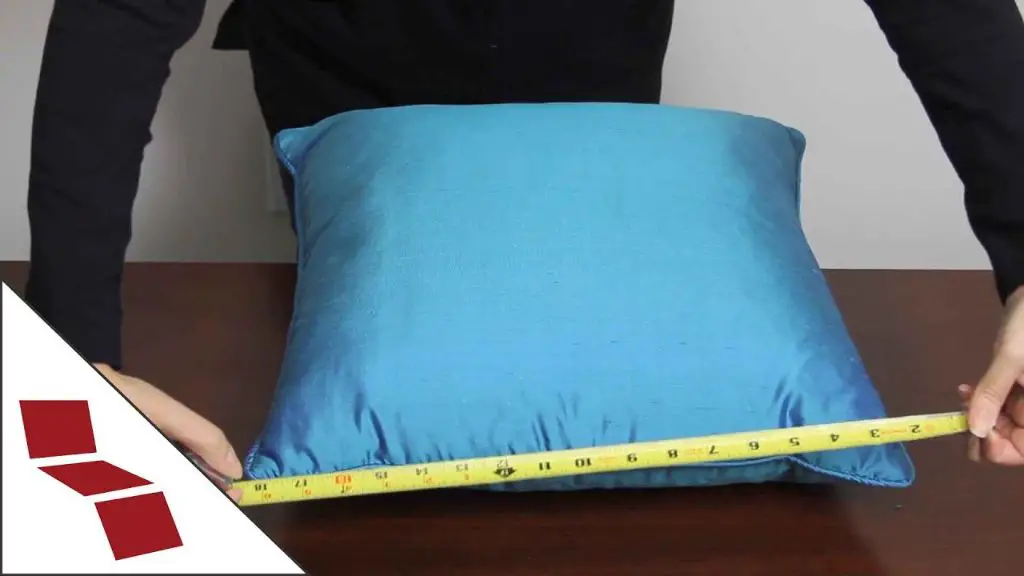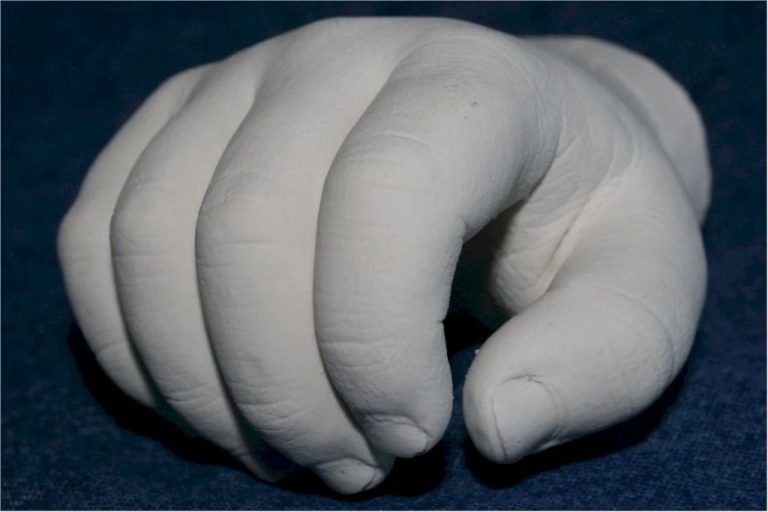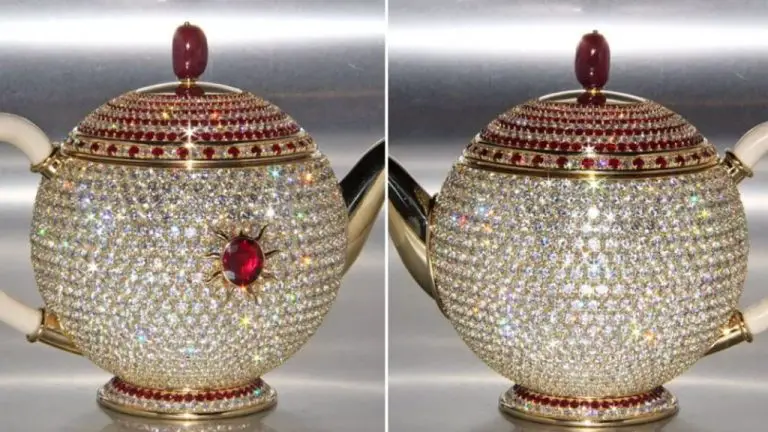Should Pillow Covers Be Smaller Than The Pillow?
The Ongoing Debate: Should Pillow Covers be Smaller than the Pillow?
Whether your bed is covered with decorative shams or a mountain of squishy throw pillows, pillow covers play a big role in tying together the look and feel of your bedroom. However, one of the most common dilemmas that arises is determining the right size for your pillow covers. Should they be the exact same size as the pillow insert? Or is it better to size down and get covers slightly smaller than the pillow itself?
This issue has sparked an ongoing debate, with home decorators and interior designers weighing in on both sides. Some swear by the wrinkle-free look of a properly fitted cover, while others prefer the billowy, overstuffed shape created by downsizing the cover. So which approach is right? This comprehensive guide lays out the pros, cons, and best practices to help you decide.
History of Pillows and Pillowcase Sizing
The origin of pillows dates back thousands of years to ancient civilizations like Mesopotamia and ancient Egypt. According to Wikipedia, the earliest recorded use of pillows is from Mesopotamia around 7,000 BC, where only the wealthy used them at the time [1]. The ancient Egyptians also used pillows, often carved out of stone or wood [2]. Over time, pillows evolved to be made from softer materials like feathers, straw, or cloth.
Standard pillow sizes started emerging in the early 20th century. Around the 1920s, common pillow sizes were 18″ x 26″ and 20″ x 26″. In the 1940s, queen and king size pillows became more popular, typically measuring 20″ x 30″ and 20″ x 36″ respectively. Today, standard pillow sizes range from small travel pillows around 12″ x 16″, up to large body pillows around 20″ x 54″ or longer [3].
Pillowcase sizes evolved along with pillow dimensions. Historically, pillowcases were made from linen or cotton and sized to snugly fit standard pillow sizes. Today, pillowcases come in a wide range of sizes to accommodate different pillow dimensions.
Benefits of Properly Sized Pillow Covers
Having a pillow cover that fits your pillow properly provides several advantages. Firstly, a well-fitted pillow cover helps keep your pillow cleaner and more protected. The snug fit prevents dust and allergens from entering inside the pillow through gaps in the cover. It also protects the pillow from stains, yellowing, and damage that could reduce its lifespan (https://www.wayfair.com/sca/ideas-and-advice/guides/choose-the-perfect-pillowcase-size-for-your-pillows-T9718).
Additionally, a properly sized pillow cover allows the pillow to fit tightly within the case. This prevents the pillow from shifting around during sleep. The pillow staying firmly in place can help provide better neck support and spine alignment, and reduce sleep disruptions from pillow adjustments (https://amerisleep.com/blog/pillowcase-sizes/).
Lastly, pillow covers that are tailored to the pillow dimensions give beds a neater, more polished look. The pillow fills out the case properly without excess loose fabric. This delivers a smooth, tailored aesthetic for the bed and bedroom decor.
Downsides of Oversized Pillow Covers
Though oversized pillow covers may seem appealing for providing extra room, there are some drawbacks to using a pillowcase that’s too large:
Oversized pillow covers can appear sloppy and wrinkled if there is excessive fabric. The pillow may shift around inside an oversized case, causing wrinkles and folds in the pillowcase material. This gives a messy, unkempt look to the bedding.
In addition, the pillow may slide around more within an oversized pillowcase. Since there is extra room, the pillow is not held snugly and can move around within the case. This can be annoying if you like your pillow to stay put.
It can also be harder to put a pillow into an oversized pillowcase. Trying to line up the pillow inside a pillowcase that’s much larger can be challenging. There ends up being extra slack material to manage when putting on the case or changing pillowcases.
Overall, though a larger pillowcase may seem useful for big or fluffy pillows, the reality is oversized cases often just create a wrinkled, sloppy appearance and make pillow use and bedmaking more difficult. For most pillow types, a properly fitting case is best for efficiency and neatness.
Popular Opinions on Pillow Cover Sizing
When it comes to pillow cover sizing, interior designers and bedding experts tend to favor a snugger fit that allows the pillow insert to fill out the case fully. As Sarah Birl of Birl Designs says, “I prefer my pillowcases to fit my pillows snugly so they can plump nicely when fluffed. Anything too large ends up looking messy to me.”
Polls and surveys also show that most people prefer a properly fitted pillowcase. In a survey by Good Housekeeping, 68% of respondents said their pillowcase should be the same size as the pillow insert itself. And in a poll by HGTV Magazine, 71% said they use standard sized pillowcases that match the dimensions of their pillows. Only 12% opted for oversized cases.
According to Christine Chang Hanway, director of color marketing and editor at Saatva, “The pillow insert should completely fill out the pillowcase so it looks full and plush when on the bed.” She recommends buying pillowcases sized to match your pillow dimensions for a “polished, posh hotel bed look.”
Factors to Consider
There are several factors to take into account when deciding what size pillowcase is right for your pillow:
Personal preference for tight or loose fit: Some people prefer a snug pillowcase that fits the pillow exactly, while others like a looser cover with some extra room. This comes down to individual comfort and what feels best for your sleeping needs.
Pillow fill material and thickness: The interior fill of the pillow, whether down, feathers, poly-fill, memory foam or other materials, along with the overall thickness and loft will impact what size cover fits properly. Thicker pillows usually need slightly larger cases.

Washing and drying effects on size: Over time, through repeated laundering and drying cycles, pillows and their cases may shrink slightly. This shrinkage should be taken into account when selecting pillowcase size.
Tips for Getting the Right Pillow Cover Size
One of the most important tips for getting the right pillow cover size is to carefully measure your pillow before purchasing pillow cases or covers. This will ensure you get an accurate size that properly fits the dimensions of the pillow. Using a cloth measuring tape, measure the length and width of your pillow in inches. Be sure to account for any increase or decrease in pillow size if you plan to replace your pillow anytime soon.
It’s also wise to consider potential fabric shrinkage when purchasing pillow covers. Many fabrics like cotton and linen can shrink up to 5% or more after washing. To accommodate for this, purchase covers about 2 inches larger than your measurements. This will prevent the cover from becoming too tight over time and straining the seams.
Breathable fabrics like cotton and linen are recommended for pillow covers to prevent overheating. Avoid pillow protectors or covers made from non-breathable materials like vinyl, which can trap heat and moisture next to your skin as you sleep. Proper ventilation will lead to increased comfort.
Following these tips when shopping for the perfect pillow case size will ensure you get a long-lasting, well-fitting cover that allows your pillow to maintain its original shape and increases your sleeping comfort.
Creative Uses for Oversized Pillow Covers
If you end up with pillow covers that are too large for your pillow inserts, there are creative ways to repurpose them instead of throwing them out. Some popular ways to reuse oversized pillow covers include:
As shams for throw pillows – Oversized pillow covers can work great as shams to cover decorative throw pillows. The extra roominess allows for a fuller look and enables the sham to fit over embellished or uniquely shaped throw pillows.
For repurposed floor cushions – You can stuff an oversized pillow cover with batting or old blankets to create a cushy floor cushion or pillow. These make great casual seating options for family rooms, dorm rooms, kids’ play spaces, etc.
Toy storage – Turn an extra large pillowcase into a drawer for toy storage. Sew one end closed and add a drawstring to the open end. Kids will love having their own personalized toy sack.
Other creative uses include turning them into impromptu gifts bags, using them to cover and protect clothing in storage, and repurposing them as lightweight tote bags. The options are endless for finding new uses for oversized pillowcases!
Source: https://www.nestbedding.com/blogs/news/15-ways-to-use-extra-pillowcases
Best Practices for Pillow and Pillow Cover Care
Proper care and maintenance of pillows and pillow covers is essential for cleanliness, hygiene, and longevity. Here are some best practices to follow:
Frequent washing helps reduce dust mite allergens and prevent buildup of sweat, oils, and dirt. Pillow covers should be washed at least every 1-2 weeks. Wash pillows every 3-6 months or when they start to flatten. Refer to care instructions for washing methods. Silk and linen pillowcases can generally be handwashed in cool water with a gentle detergent. Cotton covers are machine washable in warm water. Avoid high heat drying which can damage fibers. Line dry or tumble dry on a low setting.
Coordinate pillow and cover replacement for best hygiene. Pillows lose their support and become misshapen over time while covers can wear thin. Replace pillows every 1-2 years and covers as needed. Choose covers sized to properly fit the pillow and prevent shifting around.
For more details on properly washing silk, see this guide: https://www.parachutehome.com/blog/how-to-wash-and-care-for-silk
And for instructions on washing 100% cotton covers, refer here:
https://standardtextilehome.com/pages/copy-of-100-cotton-pillowcases-care-instructions
Conclusion
When it comes to pillow cover sizing, there are pros and cons to going smaller or larger. The main factors to consider are comfort, aesthetics, and functionality. Properly sized covers tend to be more comfortable and functional since they fit the pillow snugly. Oversized covers can look stylish, but may be prone to shifting around.
In closing, focus first on getting the size that works best for your needs. Measure your pillow carefully and read size charts. Aim for a snug fit, with just 1-2 inches of overhang if desired. Don’t be afraid to get creative with excess fabric too – oversized covers can be repurposed in many decorative ways. Most importantly, launder covers frequently to keep your pillows fresh and hygienic. With the right care and sizing, your pillows and covers will provide countless nights of comfort and sweet dreams.





